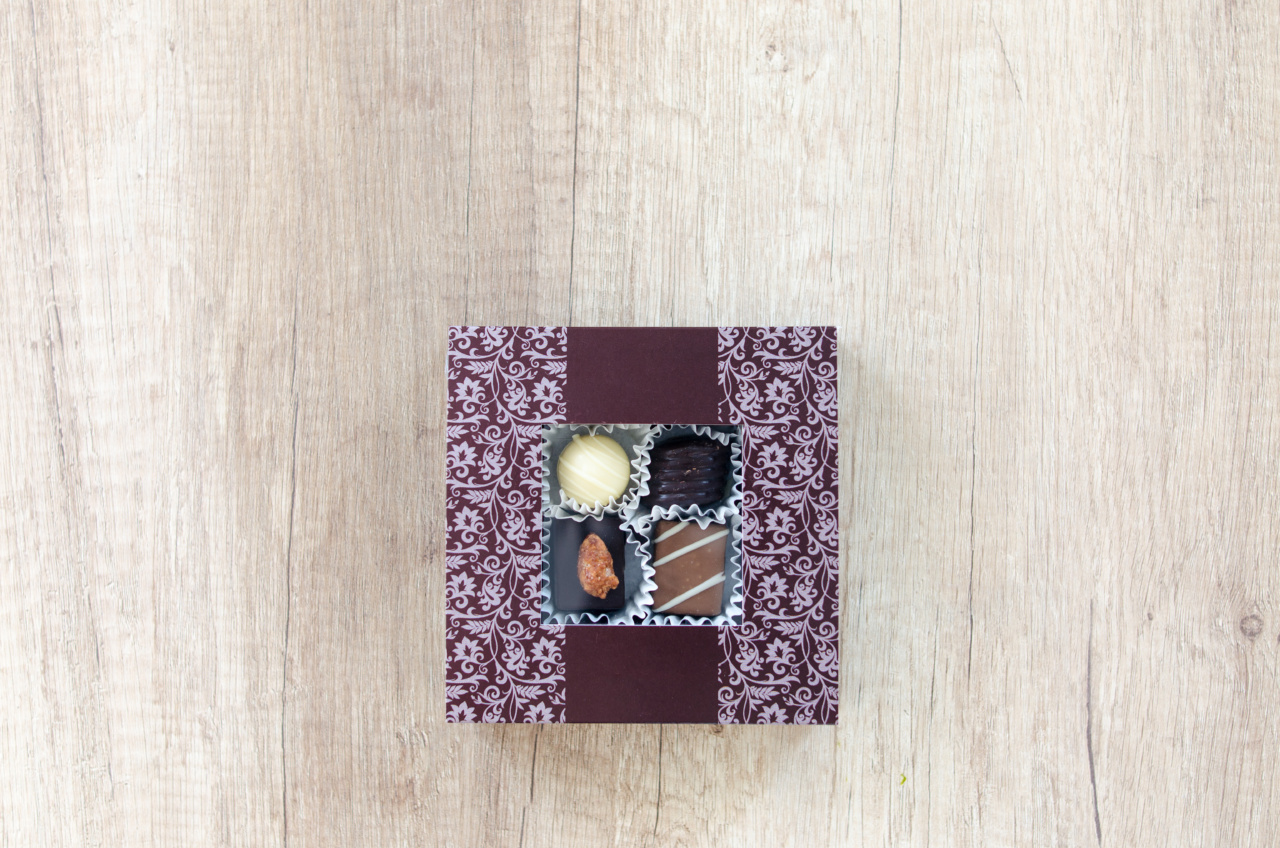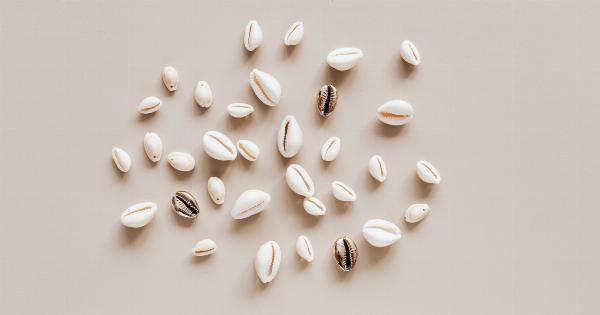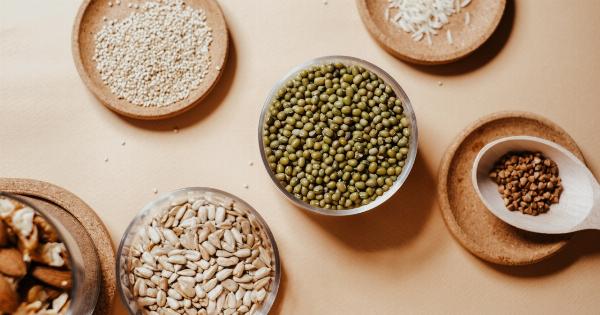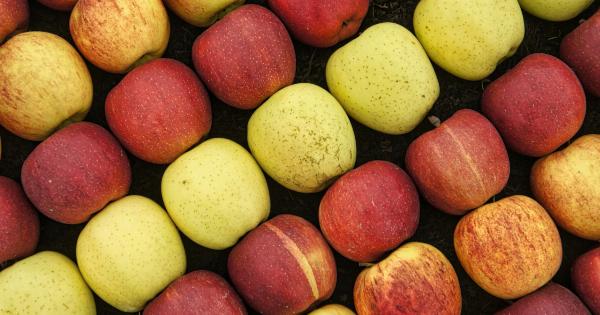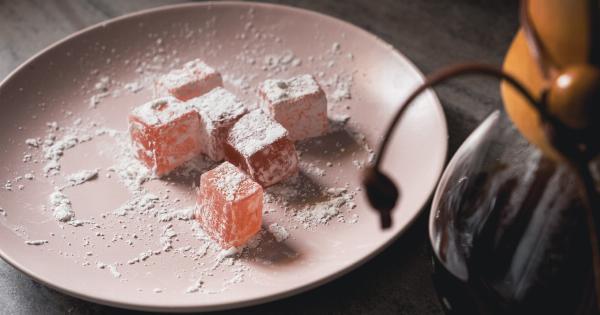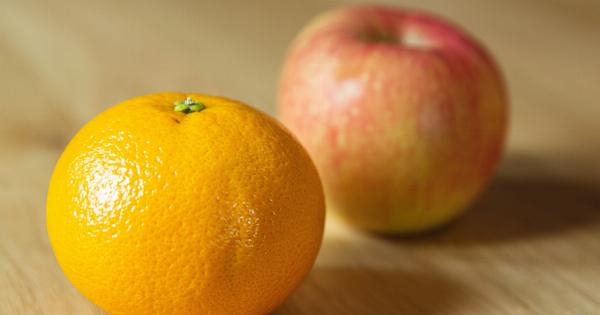White crystal sugar and brown sugar are two common types of sugars that are widely used in cooking and baking.
While both types of sugar come from the same source, which is sugar cane or sugar beets, they undergo different processes that result in their distinct color, texture, and flavor. In this article, we will explore the differences between white crystal sugar and brown sugar, their uses in various culinary applications, and the nutritional aspects of each type.
1. Production Process
The main difference between white crystal sugar and brown sugar lies in the production process.
2. White Crystal Sugar
White crystal sugar, also known as refined sugar or table sugar, undergoes extensive processing to remove impurities and molasses.
The process involves crushing the sugar cane or sugar beets to extract the juice, which is then treated with lime to remove any acidity. The juice is filtered and undergoes multiple boiling and evaporation steps to concentrate the sugar.
After the crystallization process, the sugar crystals are separated from the syrup and dried to produce the familiar white granulated sugar we commonly see in households.
3. Brown Sugar
Brown sugar, on the other hand, is produced differently. It starts with the same raw materials, sugar cane or sugar beets, but the refining process is shorter.
The juice extracted from the sugar cane or sugar beets is not filtered as extensively as in white sugar production. Instead, it undergoes a minimal refining process that retains some of the natural molasses, giving brown sugar its characteristic color and flavor.
Brown sugar can be further categorized into light and dark brown sugar, depending on the amount of molasses retained.
4. Flavor
White crystal sugar is known for its pure sweetness without any distinct flavor other than sweetness itself.
Its neutrality makes it a versatile choice for various dishes and desserts, as it can blend harmoniously with other flavors without overpowering them.
In contrast, brown sugar has a deeper and more complex flavor due to the presence of molasses. Light brown sugar has a milder flavor, while dark brown sugar has a stronger and more intense flavor profile.
The molasses in brown sugar adds a hint of caramel or toffee-like taste to dishes, making it a popular choice for baked goods such as cookies, cakes, and pies.
5. Color
The most obvious difference between the two types of sugar is their color. White crystal sugar is pure white, while brown sugar ranges from light golden to deep brown, depending on the amount of molasses present.
The color of brown sugar can impart a warm and rich hue to baked goods, giving them an enticing appearance.
6. Texture
White crystal sugar has a fine texture with individual granules that are dry and flow easily. It dissolves quickly, making it suitable for various applications such as sweetening beverages or adding a touch of sweetness to sauces and dressings.
Brown sugar, on the other hand, has a slightly moist texture due to the presence of molasses. Its granules are also larger and stickier.
This texture is desirable in certain recipes, such as cookies, where the moisture from the brown sugar contributes to a chewier and moister texture.
7. Culinary Uses
Both white crystal sugar and brown sugar have their rightful place in the culinary world and are used for different purposes.
White crystal sugar is a ubiquitous ingredient, found in countless recipes and used for sweetening beverages, making syrups, and providing a sweet base for many desserts.
Its ability to dissolve quickly makes it an ideal choice for cocktails, lemonades, and other cold beverages. It is also commonly used in baking recipes where the pure sweetness allows other flavors to shine.
Brown sugar, with its caramel-like flavor, is a popular choice for baking recipes such as cookies, brownies, and cinnamon rolls. It adds moisture and chewiness to these baked goods, enhancing their texture and taste.
Brown sugar is also commonly used in savory dishes, such as barbecue sauces, marinades, and glazes for meats, where its flavor complements the smoky and tangy components of these dishes.
8. Nutritional Aspects
In terms of nutritional composition, both white crystal sugar and brown sugar contain primarily carbohydrates. However, there are slight differences between the two.
White crystal sugar is essentially pure sucrose, with no significant amounts of vitamins, minerals, or fiber. It is considered “empty calories” because it provides energy but no nutritional value.
Excessive consumption of white sugar can contribute to weight gain and may increase the risk of chronic diseases when consumed in large quantities.
Brown sugar, although it undergoes less refining, retains some traces of minerals and molasses.
These minerals include calcium, iron, potassium, and magnesium, though the amounts are relatively small and not enough to provide significant health benefits. It is important to note that the potential health benefits of brown sugar are minimal, and it should still be consumed in moderation.
9. Common Misconceptions
There are a few common misconceptions about white crystal sugar and brown sugar that are worth addressing.
10. Misconception 1: Brown Sugar is Healthier than White Sugar
It is a common belief that brown sugar is a healthier alternative to white sugar due to its less refined nature and the presence of molasses.
While brown sugar does contain traces of minerals, the amounts are too minimal to have any significant impact on health. Ultimately, both types of sugar should be consumed in moderation to maintain a balanced diet.
11. Misconception 2: Brown Sugar is Less Processed than White Sugar
Another misconception is that brown sugar undergoes less processing compared to white sugar. While it is true that brown sugar undergoes a shorter refining process, it is not necessarily less processed.
Both types of sugar undergo processing to extract the sweetening components and separate them from impurities and other plant materials.
Conclusion
In conclusion, white crystal sugar and brown sugar differ in their production processes, flavor, color, texture, and culinary uses.
White sugar is a versatile and neutral sweetener, while brown sugar adds a touch of caramel-like flavor to baked goods and savory dishes. Both types of sugar should be consumed in moderation due to their high sugar content and limited nutritional value.
Understanding the differences between these sugars can help in making informed decisions when it comes to selecting the right sugar for various culinary applications.
